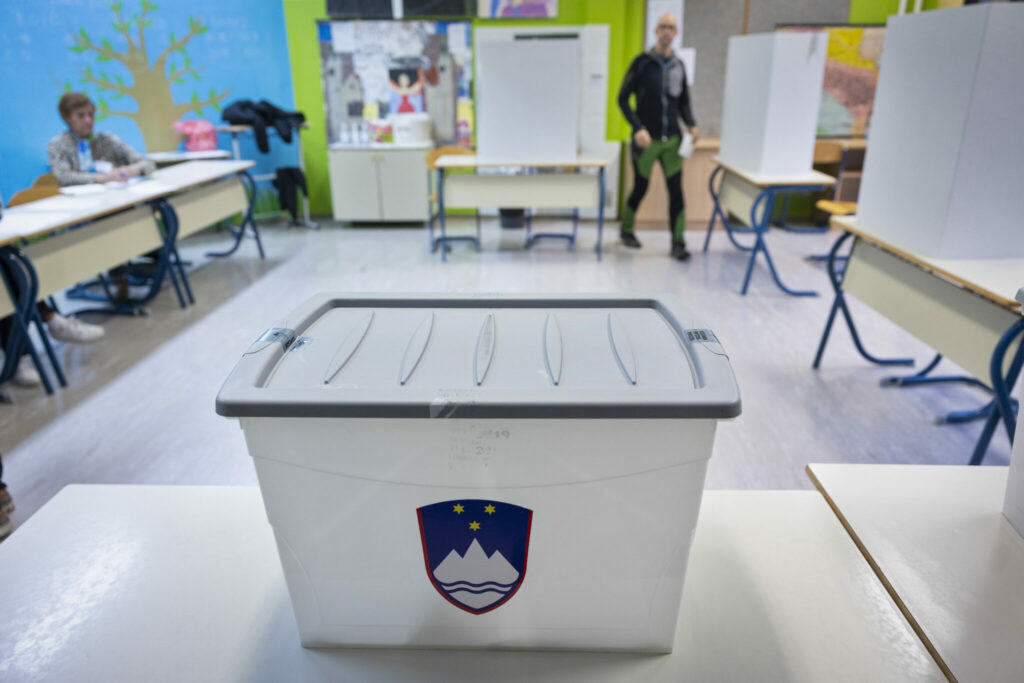According to the latest public opinion poll conducted by the Parsifal Agency, only 34.4 percent of the respondents still support the current government of Robert Golob. The majority of respondents, 31.8 percent, see early elections as the way out of the crisis. In addition, only 11.3 percent of respondents would accept an offer from the centres of power from behind the scenes to replace Prime Minister Golob, bypassing the elections, with an unelected “new face.”
Between the 13th and the 16th of November, the Parsifal Agency conducted a public opinion poll for Nova24TV on the support for the current government of Dr Robert Golob and on the issue of resolving the political crisis. When asked whether they support the current government, a record number of respondents answered with NO (59.9 percent), while only 34.4 percent still support it. 5.7 percent of the respondents are undecided.
When looking at the time period of the last three opinion polls, we can notice the second biggest drop in support for the government since June last year, which means that the government is currently at the lowest level of support – which other opinion polls also recorded.
How to get out of the political crisis?
Low support for the government, as well as a drop in trust in Golob and his party, have brought the government coalition to the point of wondering how to move forward. The majority of respondents, 31.8 percent, believe that the situation should be resolved by early elections. Slightly fewer, 30.7 percent, would accept the suggestion that Golob continues working on the reconstruction of the government. Just under 20 percent believe that it is time for a grand coalition of the right and the left, something that has never happened in the history of our country. Only 11.3 percent of respondents would accept an offer from the centres of power that operate behind the scenes to replace Prime Minister Golob, thus bypassing the elections, with an unelected “new face”.
Demographic data
The survey was conducted between the 13th and 16th of November 2023, and it included 749 respondents, of which 49.6 percent were women. The average age of the participants is 55.3 years, and the standard deviation is 16.2 years. The majority of the respondents are from the oldest age group (55.2 percent), a slightly smaller share of participants belongs to the middle age group (33.7 percent), and the smallest number of respondents is from the youngest age group (14 percent). The majority of the respondents have completed high school (37.4 percent), followed by those with completed high education or higher (27.1 percent), 20.8 percent of respondents have finished vocational school, and 14.7 percent have either completed or have not completed primary school. The majority of the respondents currently reside in a small village or hamlet (57.9 percent), followed by those who live in the city (26.2 percent) or a smaller town (15.9 percent). Most of the respondents are from Central Slovenia (25.9 percent), followed by the Podravska (14.9 percent) and Savinjska (12.5 percent) statistical regions.
M. P.


